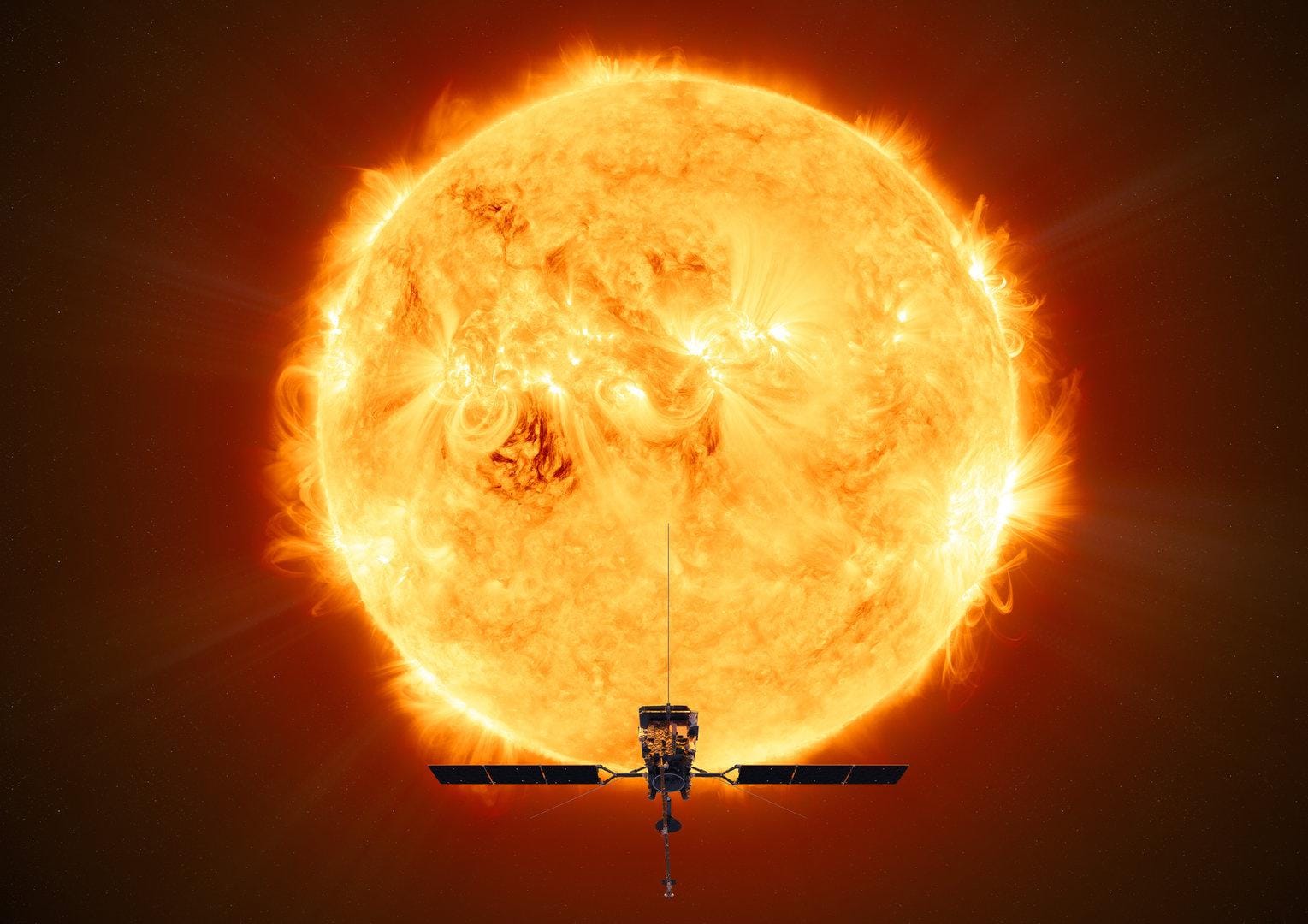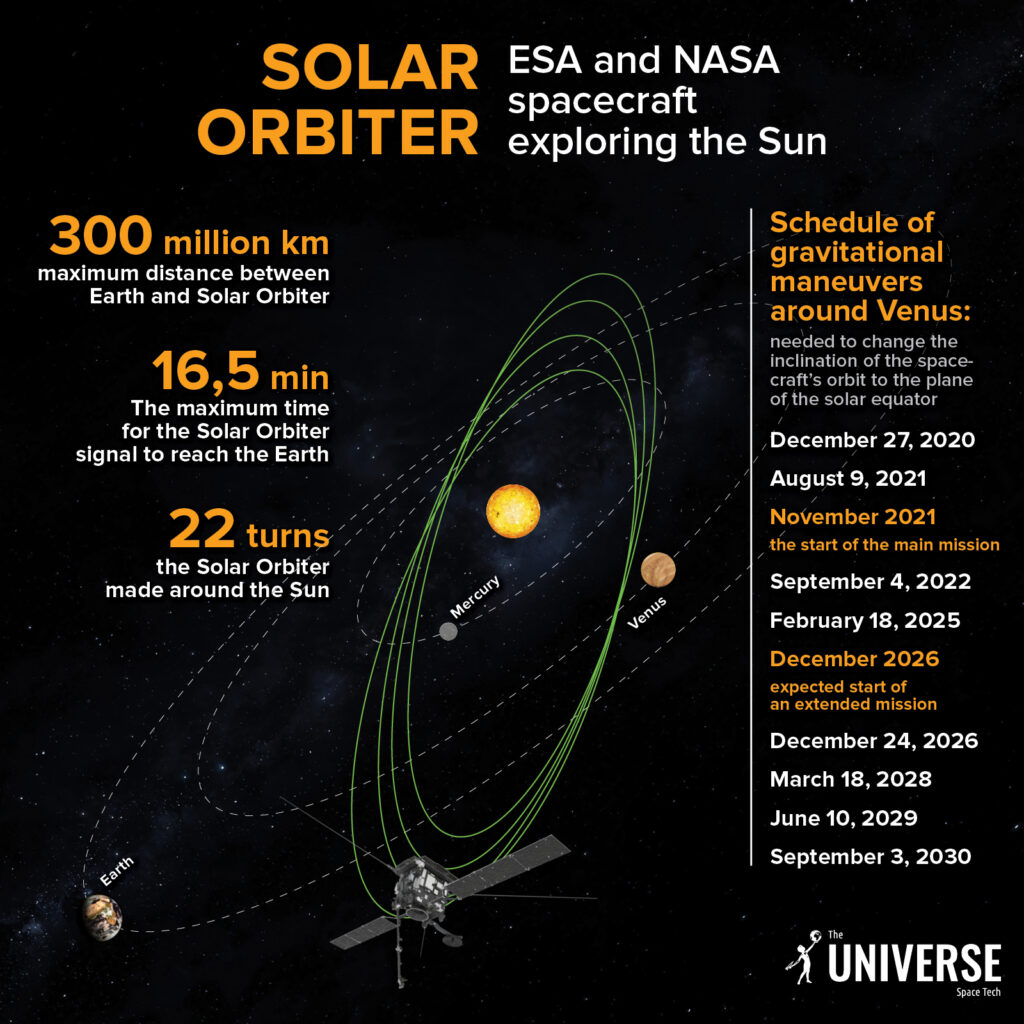The bright Sun is surrounded by a layer of diffuse plasma known as a corona. It is most visible during a total solar eclipse, the corona is the radiance that surrounds the shadow of the Moon. Interestingly, the corona has a temperature of more than a million Kelvin. And this is much hotter than the surface of the Sun, which has a temperature of about 6,500K. So how does the corona get so hot?

The usual explanation is that the corona is heated by the dynamics of the solar magnetic field. The surface of the Sun can sometimes be turbulent, emitting arc-shaped filaments of plasma known as prominences, and sometimes powerful solar flares. It’s easy to see how they can heat up the corona when the Sun is very active. But there are also calm periods on the Sun when there are few sunspots, and prominences and flares are rare. If the corona is heated by these events, then why doesn’t the corona cool down when the Sun is in a quiet period?
A recent study published in The Astrophysical Journal Letters helps solve this mystery using data collected by the Solar Orbiter spacecraft. This craft has an impressive array of equipment for measuring magnetic fields, solar wind and high-energy particles, as well as for obtaining high-resolution images of the Sun’s surface.

This spacecraft has a dynamic orbit, which allows it to approach the Sun closer than Mercury and collect unique data that is inaccessible to other research vehicles. In October 2022, the Solar Orbiter made a close approach to the Sun and collected detailed data on small plasma arcs, as well as measuring the magnetic polarity of the solar surface in this region.
What did the Solar Orbiter discover on the Sun?
It turns out that even small variations in polarity on the surface of the Sun can lead to the formation of plasma arcs that can heat the corona even at those moments when the Sun is quiet and shows no visible signs of activity.
Thus, new research confirms the theory that even during solar activity, when solar emissions and prominences are observed, there is a constant and sufficiently intense phenomenon that keeps the corona hot.

At the beginning of this month, the Solar Orbiter made another close approach to the Sun, coming to its surface at a distance of only 43 million kilometers. It is expected that the data obtained will reveal even more mysteries about the Sun and help solve many more riddles related to our nearest light source.
Earlier we reported on how Solar Orbiter and Parker Solar Probe teamed up to uncover the 65-year-old mystery of the Sun.
Follow us on Twitter to get the most interesting space news in time
https://twitter.com/ust_magazine

